Introduction
Following the partial success of the Gloster Javelin, it was deemed necessary to design its successor through the Gloster design department with the assistance of RJ ltd.
Now the Javelin had its issues, for all that it was designed and flown as a front line fighter it was severely limited in manoeverability (look at the accident list and reasoning and you will see why), logically a successor should be designed to resolve the major flaws, this is what happened with the Javelin II.
Designed from the outset to utilise all moving tail planes in a "V" shape instead of the high tailplane and fin of the original to improve manoeverability and stability. Powered with 2 Avon engines with re-heat it was substantially more potent than the original airframe. The extra power, smaller wing (both is area and thickness), single seat configuration and general drag reduction lead to an aircraft that could carry more ordinance but was relatively high on the wing loading figures. This lead to a potent fighter but also lead to high takoff speeds when loaded which caused a number of accidents. The airframe had multiple pylons which could be configured for any number of roles, this particular model was configured in the fighter role and thus was armed with weapons of the period (4 Red-top missiles and 4 AIM9 Sidewinders)
Features/controls
AG1 - Reheat
No re-heat looks like this 
With re-heat looks like this 
AG2 - Airbrakes, based on the actual Javelin style

AG7 - Navigation lights

VTOL dn - flaps and leading edge slats

Information
As quite often happened in the aircraft industry, the Javelin II by accident rather than by design happened to incorporate concepts later used by the industry to reduce aircrafts radar cross section with angles intakes and tailplane. This resulted in the aircraft having a longer than expected life span as it was harder than other aircraft to detect with radar especially when operating at low level alongside aircraft such as the Buccaneer.
Specifications
General Characteristics
- Created On Windows
- Wingspan 38.1ft (11.6m)
- Length 47.6ft (14.5m)
- Height 14.6ft (4.5m)
- Empty Weight 27,715lbs (12,571kg)
- Loaded Weight 32,600lbs (14,787kg)
Performance
- Power/Weight Ratio 0.62
- Wing Loading 36.2lbs/ft2 (176.8kg/m2)
- Wing Area 900.2ft2 (83.6m2)
- Drag Points 1681
Parts
- Number of Parts 882
- Control Surfaces 0
- Performance Cost 2,944

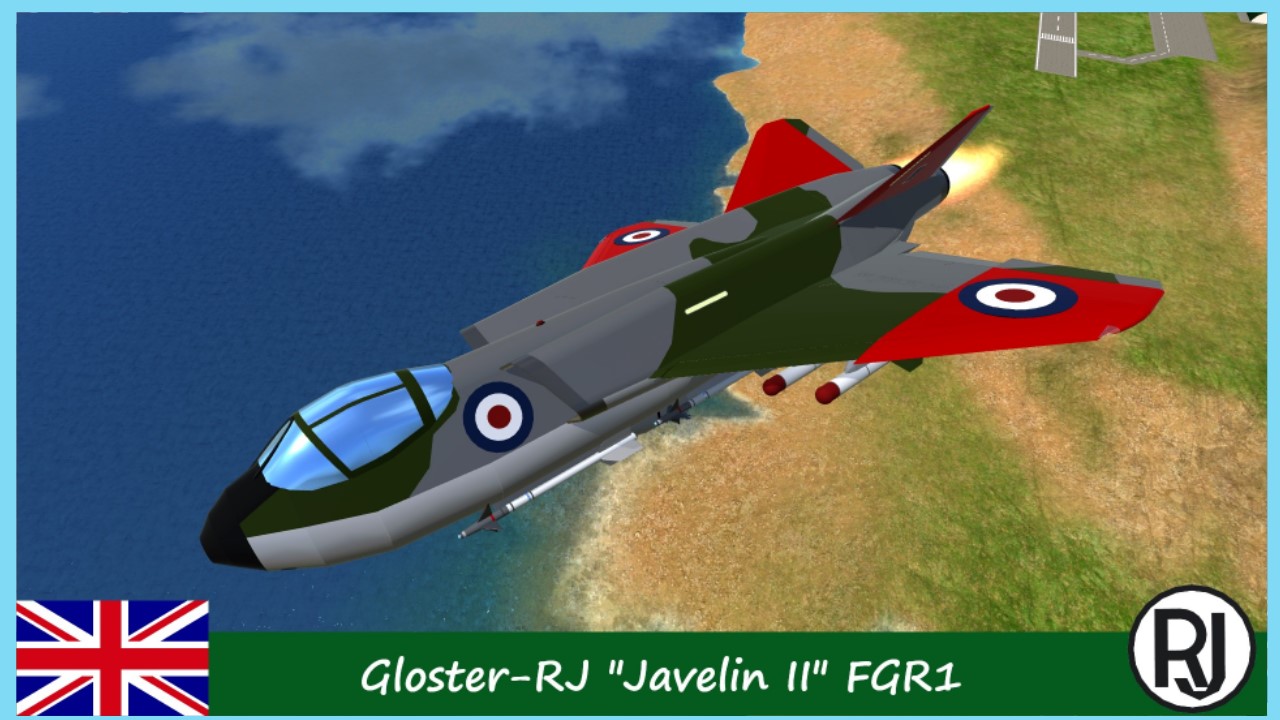
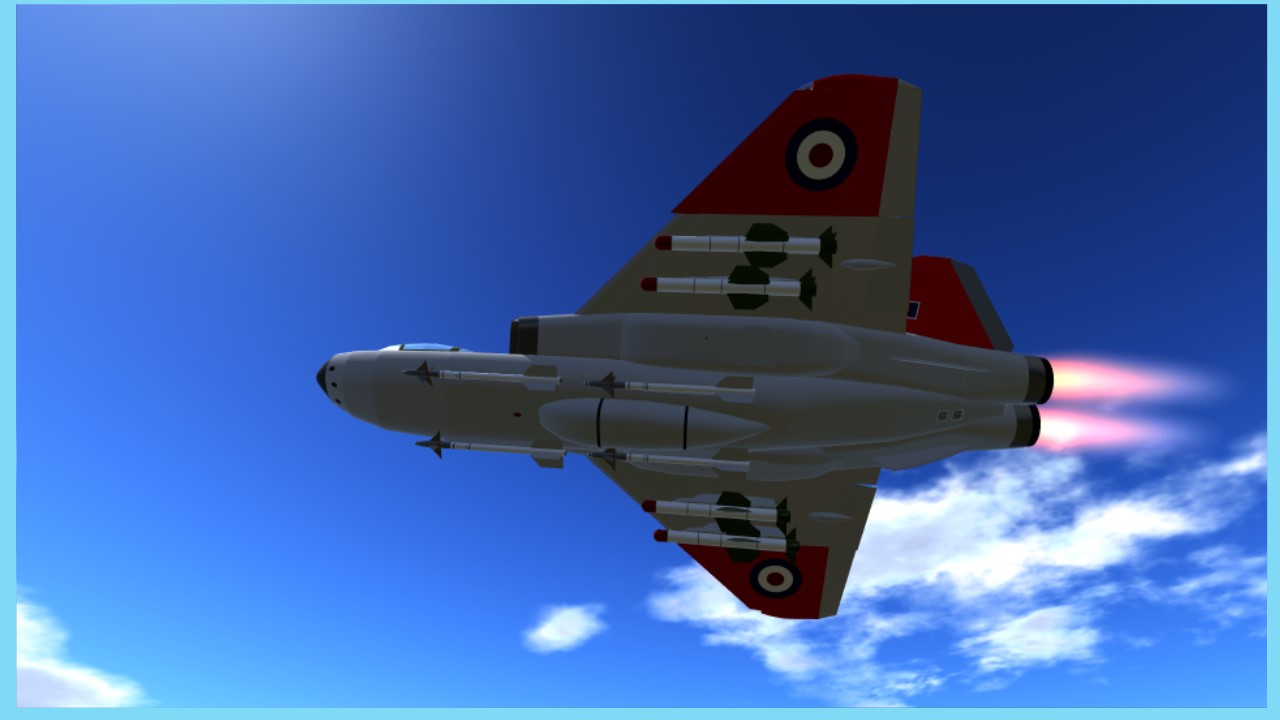
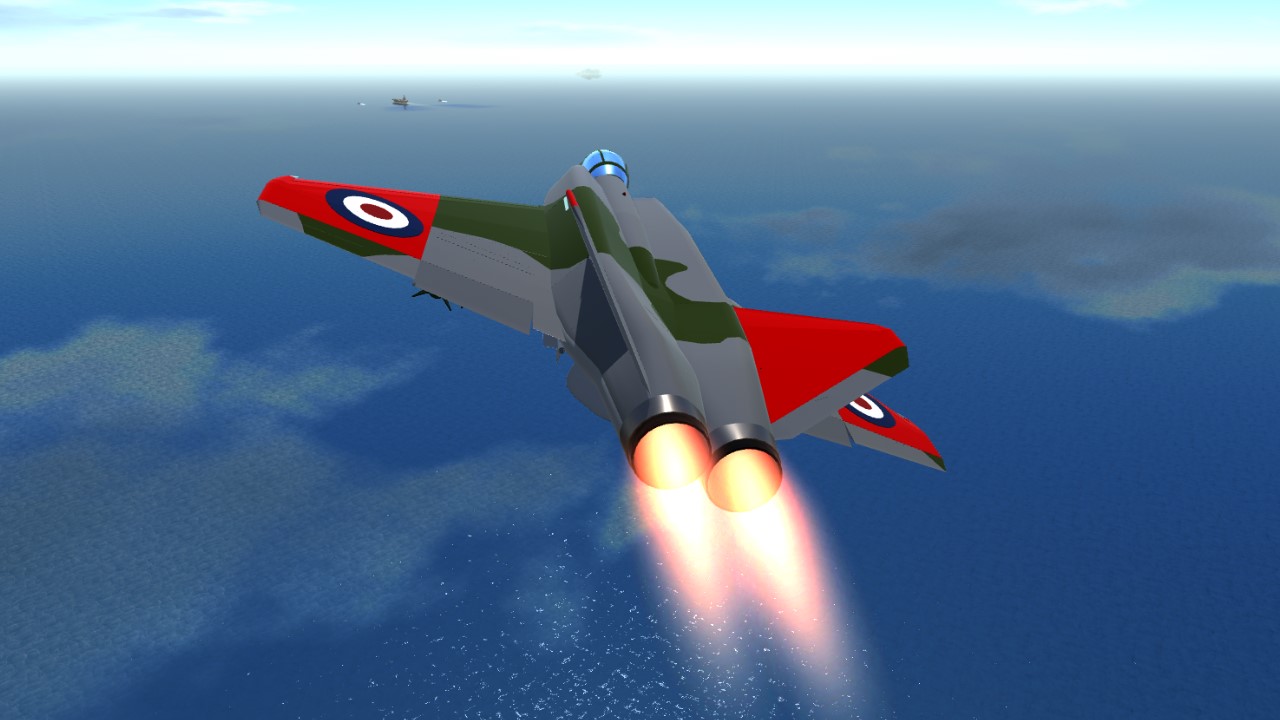

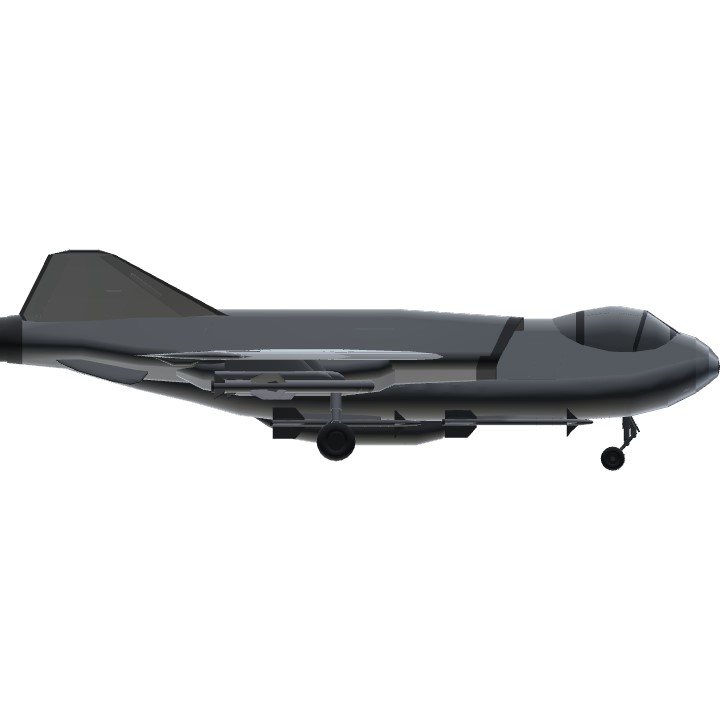
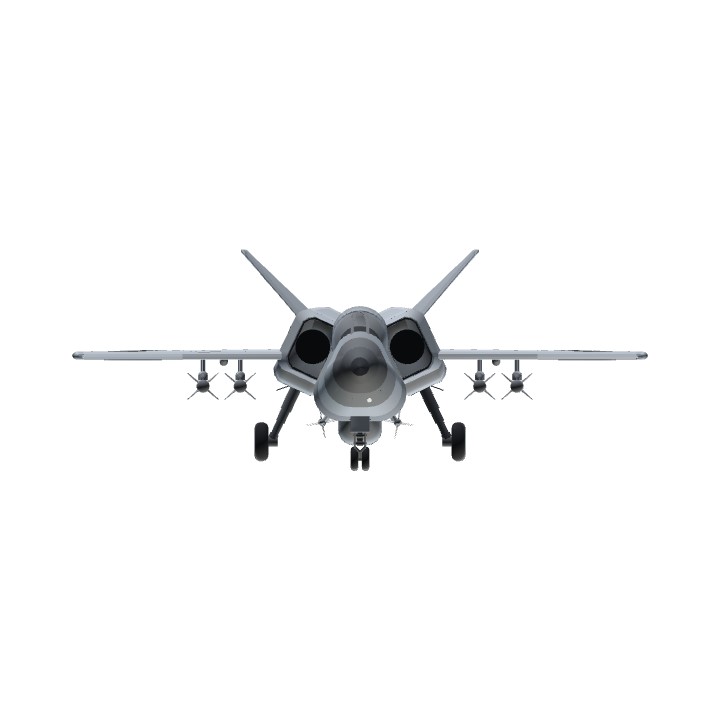
@mackenzie1 thanks :)
Cool fighter @rambojutter
Hey no problem. It still looks good!@RamboJutter
@Hedero aw man thats not meant to happen... I will fix it.
Very awesome build! I must say though it seems odd to have the nav lights attached to the leading edge slats. And then go back into the glass capsule when they retract.
Wow! Great one!